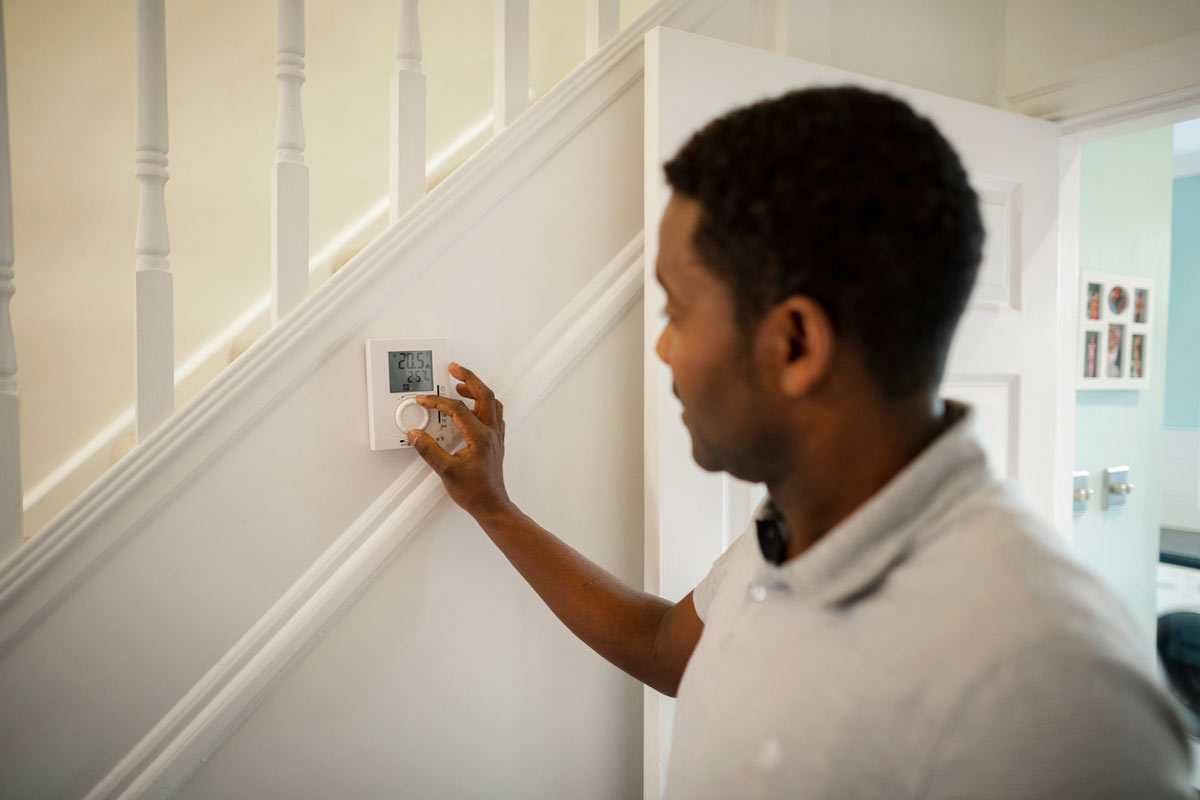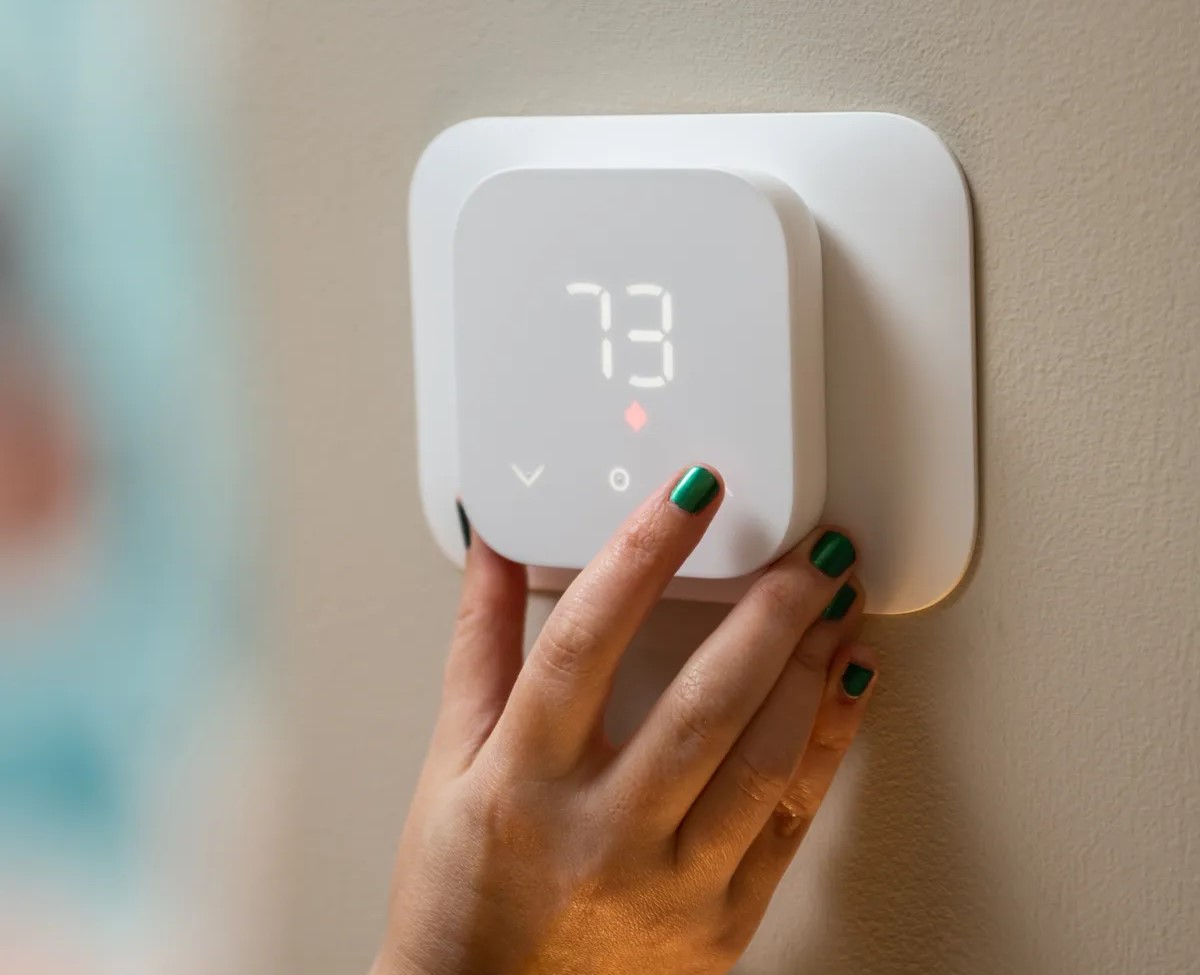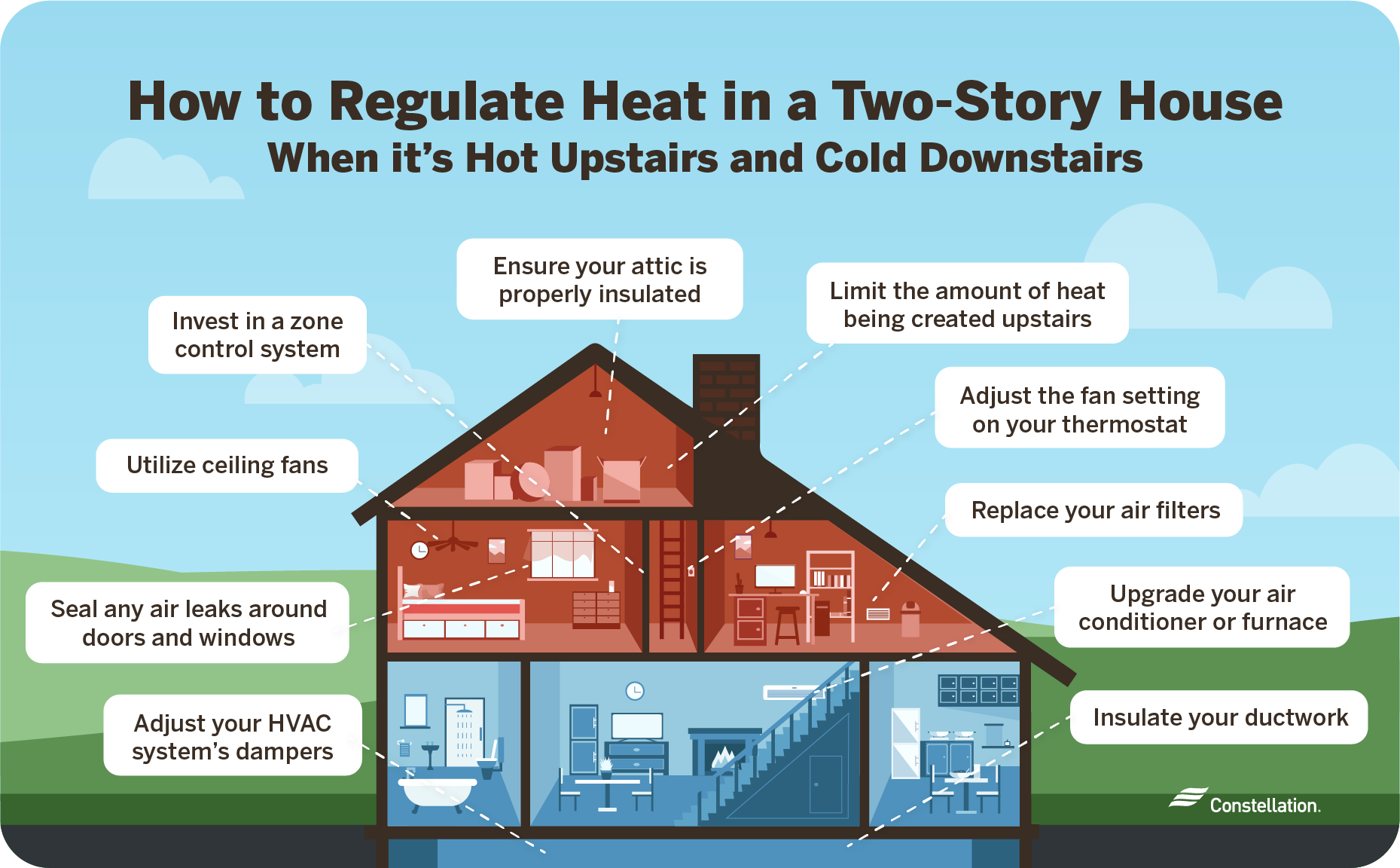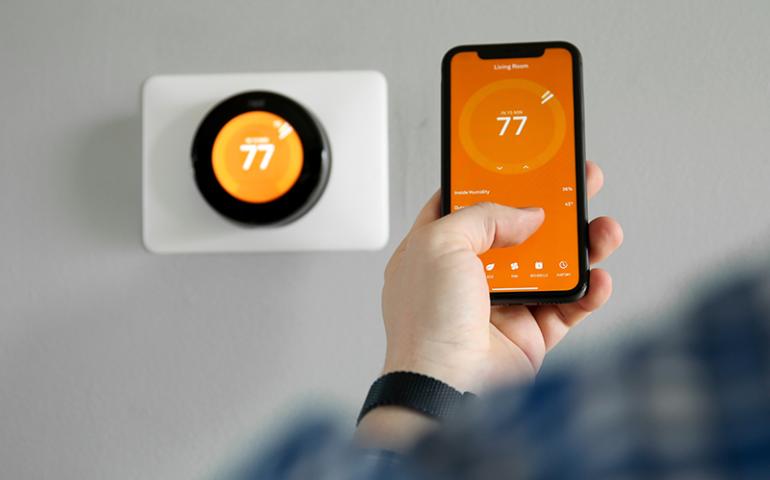How To Set Thermostat For 2 Story House In Summer

Balancing Comfort and Cost: Mastering Thermostat Settings for Two-Story Homes in Summer
Summer heat can send energy bills soaring, especially for homeowners with two-story houses. The stack effect – where hot air rises – makes upstairs rooms swelter while downstairs stays cool. Optimizing your thermostat settings is crucial for energy savings and consistent comfort. Whether you're a homeowner aiming to slash utility costs, a business embracing green upgrades, a smart home enthusiast, or an HVAC professional, this guide provides a comprehensive strategy for effectively managing your two-story home's thermostat during the summer months.
Understanding the Challenge: The Stack Effect and Temperature Imbalance
Before diving into specific thermostat settings, it’s vital to understand the physics at play. The stack effect, driven by differences in air density due to temperature variations, is the primary culprit behind uneven temperatures in multi-story homes. Hot air is less dense and rises, accumulating upstairs. This creates a significant temperature difference between the floors, forcing your HVAC system to work harder and consume more energy to maintain your desired temperature downstairs.
The Traditional Approach: A Single Thermostat Strategy
Many older homes rely on a single thermostat, typically located on the first floor. While simple, this approach often leads to suboptimal energy usage. Setting the thermostat to cool the upstairs adequately can result in the downstairs becoming uncomfortably cold. Conversely, setting it for downstairs comfort leaves the upstairs sweltering.
The optimal strategy with a single thermostat involves compromise. A generally accepted starting point is to set the thermostat to 78°F (26°C) when you're home. This aligns with Energy Star recommendations for energy-efficient cooling. When you're away, raising the temperature by 7-10°F (4-6°C) can yield substantial savings. For example, setting it to 85°F (29°C) during the day while you’re at work reduces the strain on your AC without significantly affecting comfort upon your return.
"According to the U.S. Department of Energy, you can save as much as 10% a year on heating and cooling by simply turning your thermostat back 7°-10°F for 8 hours a day from its normal setting."
Level Up: The Dual Thermostat Solution
A more effective approach involves installing two thermostats, one on each floor. This allows for independent temperature control and greater energy efficiency. Here’s how to leverage a dual thermostat setup:
- Strategic Placement: Ensure each thermostat is located in a central area of its respective floor, away from direct sunlight, drafts, and heat-generating appliances.
- Temperature Differentials: Aim for a temperature difference of 2-4°F (1-2°C) between the floors. During the day, set the upstairs thermostat slightly higher (e.g., 79-80°F or 26-27°C) and the downstairs thermostat to 76-78°F (24-26°C). At night, adjust both thermostats to a comfortable sleeping temperature, typically between 68-72°F (20-22°C). Some homeowners prefer to turn off the upstairs AC entirely at night, relying on cooler nighttime temperatures.
- Zone Management: Utilize dampers within your ductwork to further control airflow to each floor. While this may require professional installation and adjustments, it allows for precise zoning and optimized energy distribution.
The Smart Home Advantage: Smart Thermostats and Sensors
Smart thermostats offer advanced features that can significantly enhance energy savings and comfort control in two-story homes. Key benefits include:
- Programmable Schedules: Create customized temperature schedules based on your daily routines. This ensures optimal comfort when you're home and energy savings when you're away. Most smart thermostats allow for multiple schedules, catering to weekdays, weekends, and vacations.
- Remote Control: Adjust thermostat settings from anywhere using your smartphone or tablet. This is particularly useful if your schedule changes unexpectedly or if you forget to adjust the temperature before leaving.
- Geofencing: Set up a virtual boundary around your home. When you enter or exit this zone, the thermostat automatically adjusts to your preferred settings. This eliminates the need to manually adjust the temperature and ensures consistent energy savings.
- Learning Capabilities: Some smart thermostats learn your preferences over time and automatically adjust the temperature accordingly. This "learning" feature optimizes comfort and energy efficiency without requiring constant manual adjustments.
- Multi-Zone Control with Sensors: Combine your smart thermostat with wireless temperature sensors placed throughout your home. These sensors provide real-time temperature readings from different rooms, allowing the thermostat to adjust the HVAC system for balanced comfort across all zones. Sensors can be particularly helpful in identifying “hot spots” or areas with drafts that need attention.
- Energy Usage Monitoring: Track your energy consumption in real-time and identify areas where you can save money. Many smart thermostats provide detailed reports and insights into your energy usage patterns, helping you make informed decisions about your thermostat settings and HVAC system operation.
Popular smart thermostat brands include Nest, Ecobee, and Honeywell. These devices often integrate with other smart home platforms, allowing for seamless control of your entire home environment.
Boosting Efficiency: Complementary Strategies
Optimizing your thermostat settings is just one piece of the puzzle. To maximize energy savings and comfort in your two-story home, consider implementing these complementary strategies:
- Insulation: Ensure your home is adequately insulated, particularly in the attic and walls. Proper insulation prevents heat gain in the summer and heat loss in the winter, reducing the workload on your HVAC system. Aim for R-values recommended for your climate zone.
- Air Sealing: Seal any cracks and gaps around windows, doors, and other openings to prevent air leaks. This reduces drafts and minimizes energy loss. Caulk and weatherstripping are inexpensive and effective solutions.
- Window Treatments: Use blinds, curtains, or shades to block sunlight during the hottest part of the day. Consider installing energy-efficient windows or applying window film to reduce heat gain.
- Ceiling Fans: Use ceiling fans to circulate air and create a cooling breeze. Remember that fans cool people, not rooms, so turn them off when you leave. Running a ceiling fan can allow you to raise your thermostat by 4°F without sacrificing comfort, saving energy.
- Regular HVAC Maintenance: Schedule regular maintenance for your HVAC system to ensure it's operating efficiently. This includes changing air filters, cleaning coils, and inspecting ductwork for leaks. A well-maintained system consumes less energy and lasts longer.
- Consider a Zoned HVAC System: For optimal control, consider a zoned HVAC system. These systems use dampers in the ductwork controlled by multiple thermostats to direct airflow only to the areas that need it. This can be a more significant investment but offers substantial energy savings and comfort improvements.
Financial Incentives: Rebates and Tax Credits
Many utility companies and government agencies offer rebates and tax credits for energy-efficient upgrades, including smart thermostats, insulation, and HVAC systems. Check with your local utility company and the Energy Star website to see what incentives are available in your area. These incentives can significantly reduce the upfront cost of energy-efficient improvements, making them even more attractive.
For businesses upgrading to eco-friendly systems, explore commercial energy audit programs. These audits can identify energy-saving opportunities and provide recommendations for optimizing your HVAC system and building envelope. Many jurisdictions offer financial incentives for businesses that implement energy-efficient measures.
The ROI of Energy-Efficient Thermostat Management
While the initial investment in smart thermostats, insulation, or a zoned HVAC system may seem significant, the long-term ROI can be substantial. Reduced energy bills, increased comfort, and improved indoor air quality all contribute to a better living or working environment. By implementing the strategies outlined in this guide, you can effectively manage your two-story home's thermostat and reap the rewards of energy efficiency for years to come.
Ultimately, finding the ideal thermostat settings for your two-story home requires experimentation and adaptation. Monitor your energy bills, track temperature fluctuations, and adjust your settings accordingly. By combining smart technology, energy-efficient practices, and a proactive approach, you can achieve optimal comfort and significant energy savings throughout the summer months.










